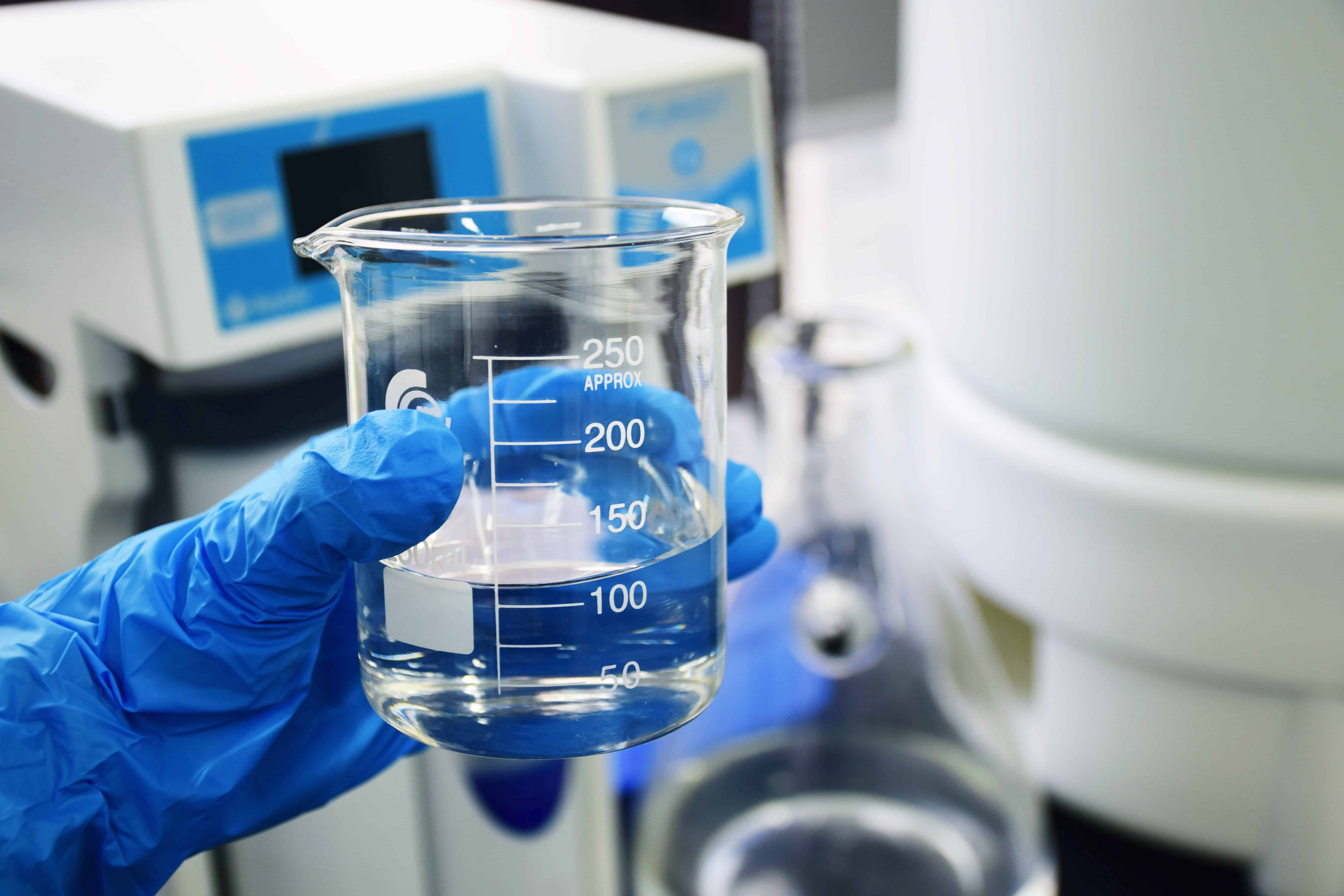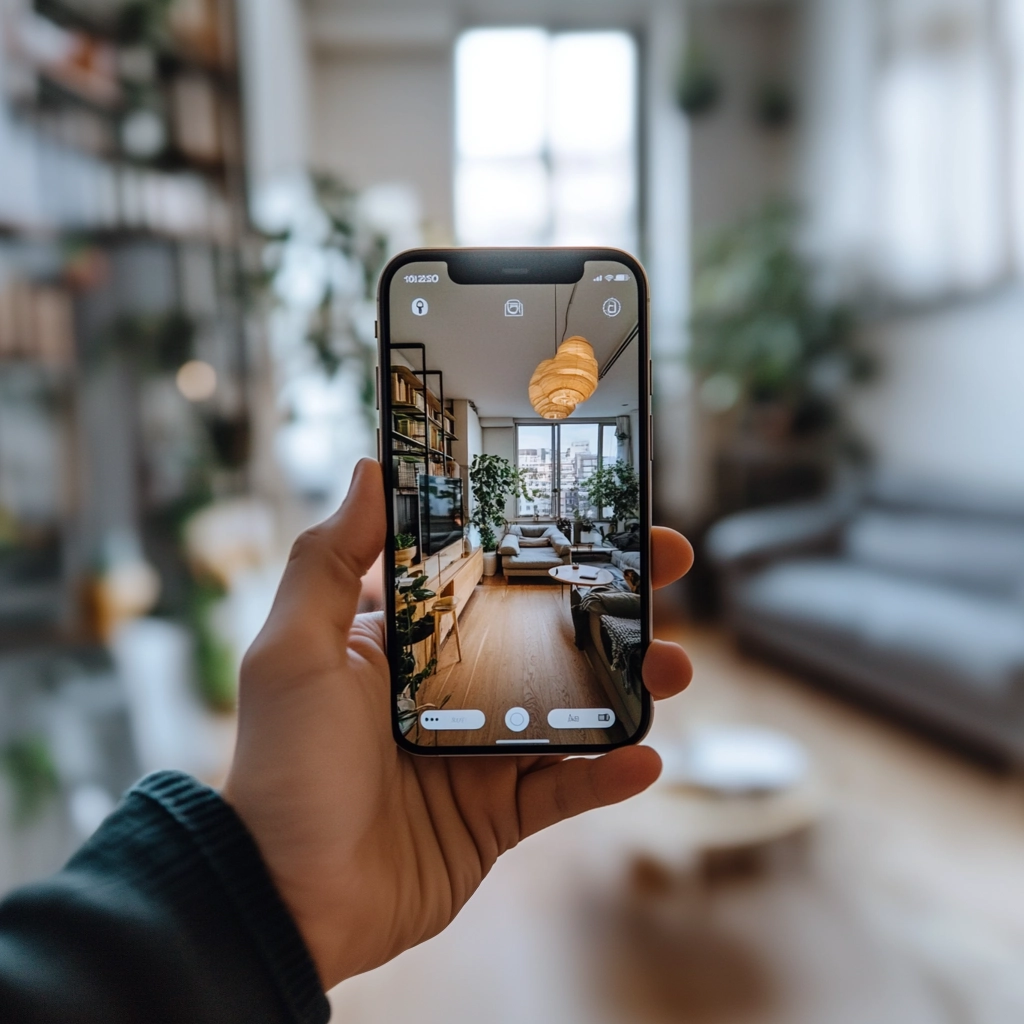
A student at Swiss science and technology institution EPFL is developing a cheap, robust, and portable device that can turn water into a disinfectant via the principle of plasma-activated water. The device could be a solution for disinfecting hospital equipment in developing countries. Investigations are also going into the possibility of sending the device into space, says EPFL in a press release.
- EPFL student is developing a portable device for turning water into disinfectant, offering a solution for disinfecting medical equipment in developing nations.
- The device, based on plasma-activated water, can potentially be used in space to prevent illnesses on future spacecraft and lunar bases.
- The innovation combines plasma science and space exploration, with applications in hygiene, agriculture, and medical appliances.
Applications of plasma physics
A Master’s student at EPFL, Constant Panisset, is working on a portable device that can turn ordinary water into a disinfectant in less than a minute. The project is being carried out at the Swiss Plasma Center in the laboratory of Ivo Furno, using the principle of plasma-activated water with the added complication that the device must work in space.
“Plasma-activated water has the potential to simplify the lives of many because it’s easy to scale up,” says Panisset.
Plasma physics is a vast field of research with already many applications, and at the outset, Panisset considered several options. “Fusion for energy production with a reactor is promising but not yet ready for industrial scales,” explains Panisset. “Aerospace plasmas accidentally discharged from a satellite’s solar panel can potentially destroy or decommission satellites. Plasmas are also used to propel rockets or satellites once in space. Plasmas are also used to etch smaller and more precise electronic components.”
With a passion for plasma physics, and also a keen interest in hands-on experience, Panisset is a member of the EPFL Rocket Team and he looked into the possibility of combining plasmas and space.

Creating plasma-activated water
To make plasma-activated water, one first needs to make plasma, which essentially means taking a gas and ripping off the electrons from its particles to create ions. When this plasma is exposed to water, the acidity of the water increases while its composition changes so that water (H20) now contains new species like hydrogen peroxide (H2O2), nitrites (NO2), and nitrates (NO3). Plasma-activated water is known to kill off bacteria and has applications in agriculture, medical appliances, and hygiene in general.
Engineering plasma-activated water for extreme conditions
There are many ways to make activated water, and Panisset wanted to engineer the most robust way to do this, either for the medical community in developing countries or for being sent into space. He opted for a device that creates a strong potential across both air and water, placing one electrode in the air and another one in the water. But for making a small device that can work in space, he still has to optimize the dimensions, and the strength of the potential, and encase it all so that any accidental discharges are contained for safety reasons.
“Engineering plasma-activated water in microgravity is interesting because, if we can make it work, then with only water and a bit of electricity, it could prevent the propagation of illnesses on future spaceships or lunar bases like Artemis.”
The device is also planned to be on board EPFL Rocket Team’s Nordend Rocket which is scheduled to be launched in October 2023.









